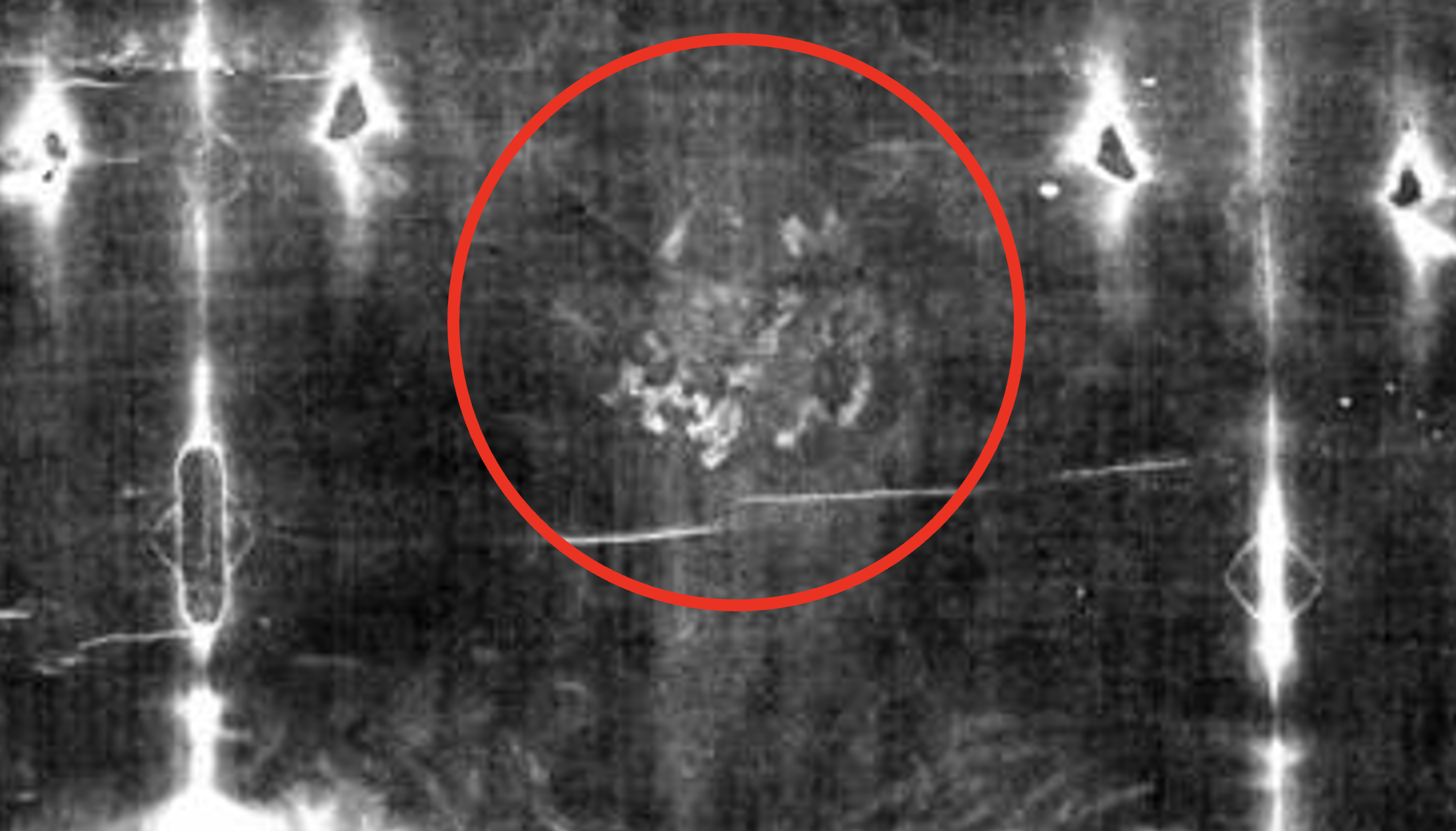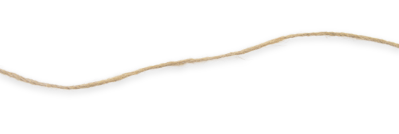The Biblical Record
Before Jesus was crucified, the Roman soldiers mocked him as “The King of the Jews.” This humiliation included a “crown of thorns.” All four Gospels mention the crown of thorns, emphasizing its significance.
The Shape of the Crown
Before the discovery of the Shroud, artists depicted the crown of thorns as an open ring. But the wounds on the Shroud tell a different story. The wounds from the thorns cover the entire head. So the crown of thorns was more like a helmet or cap.
The Damage to the Head
The man of the Shroud has over 50 puncture wounds across his skull and the nape of his neck. These wounds are distinct from the scourge marks. Thorns pierced through his skin and pressed into the bony plate below.
Blood flowed freely from these wounds. The most striking is a large blood stain on the forehead in the shape of the number 3.
Near the hairline, there are two small trickles of blood – likely from an injury to the superficial temporal artery.
On the back of his head, the deep puncture words tell a grim story: the thorns cut all the way into the occipital artery and some deep veins, mixing arterial and venous blood.
The Plant Used for the Crown
What kind of thorns could puncture the head like this? Evidence points to a plant called Gundelia tourneforti, or Ziziphus spina-christi.
The Gundelia Tournifortii plant grows in Palestine and flowers between February and May. It’s known for its large thorns: 1.5 to 2 inches long. These thorns grow in pairs; one straight and the other curved.
A large amount of pollen from the Gundelia tourneforti plant has been found on the Shroud in the area of the head and shoulders. So the pollen record supports that the Romans used this plant to make the cap of thorns.



